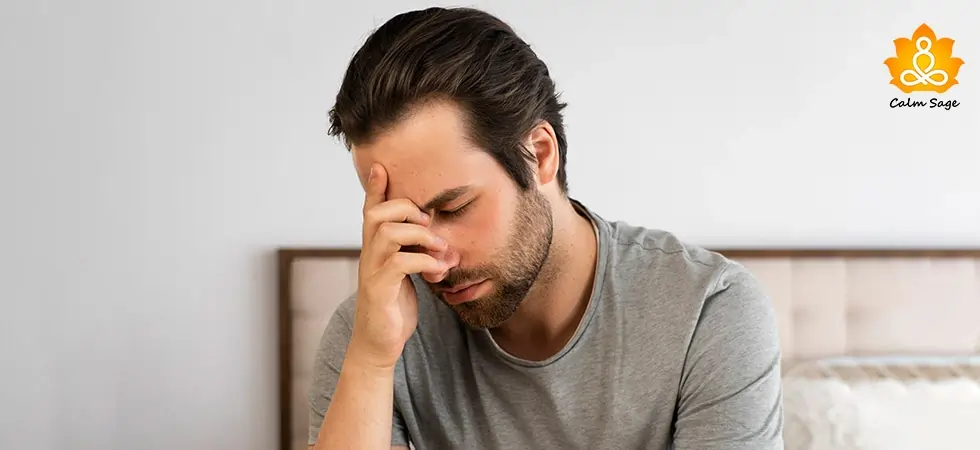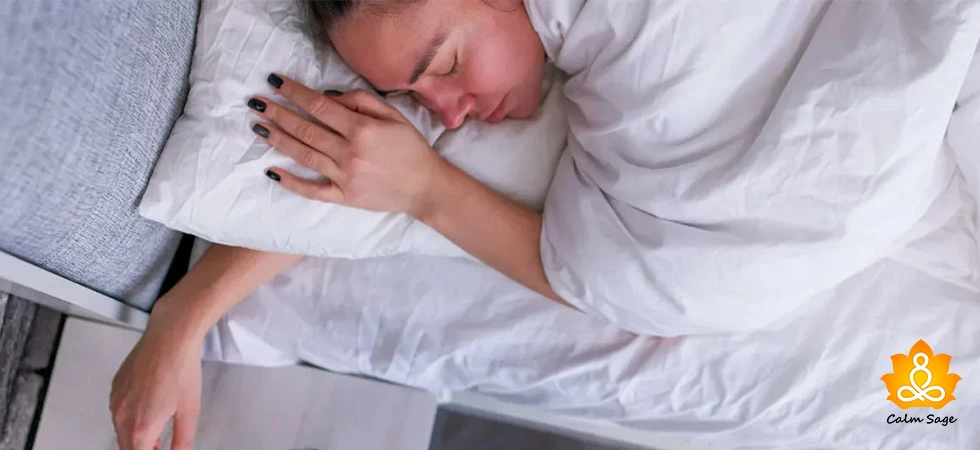A Step-By-Step Guide For Beginners On How To Do Progressive Muscle Relaxation
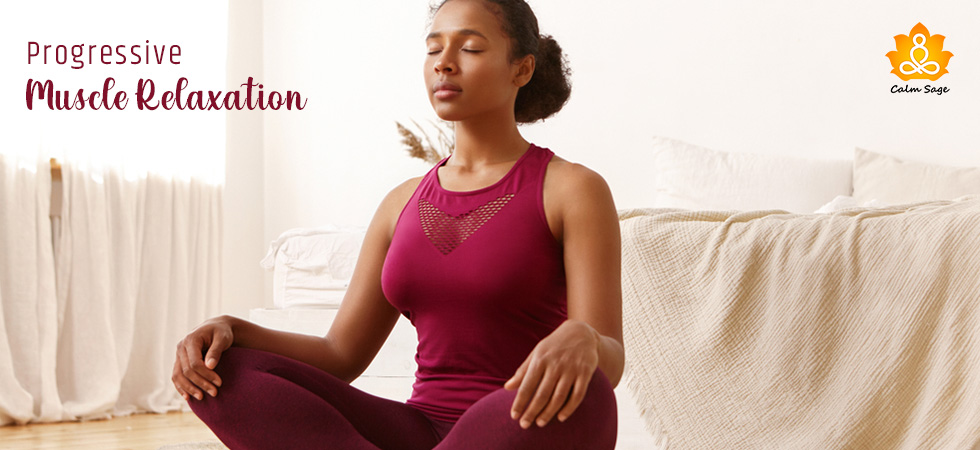
Do you experience pain in your lower back or neck when you’re stressed or sense an anxiety attack coming? If your body is responding to stress with muscle tension, progressive muscle relaxation can help you release the tension and relax.
We’ve already discussed the benefits of practicing progressive muscle relaxation but in this article, I’d like to share with you the steps on how to practice progressive muscle relaxation (PMR).
But before we look at the steps, let’s quickly revise what is progressive muscle relaxation technique is and how it improves physical function and reduces stress.
PMR is a relaxation technique that is often combined with other CBT therapy techniques such as systematic desensitization. Practicing PMR can help you regain control of your body and your response to stress or anxiety.
Many people find practicing progressive relaxation a great technique to better sleep. However, if you have other medical conditions, please consult your doctor before practicing any relaxation techniques.
How To Do Progressive Muscle Relaxation
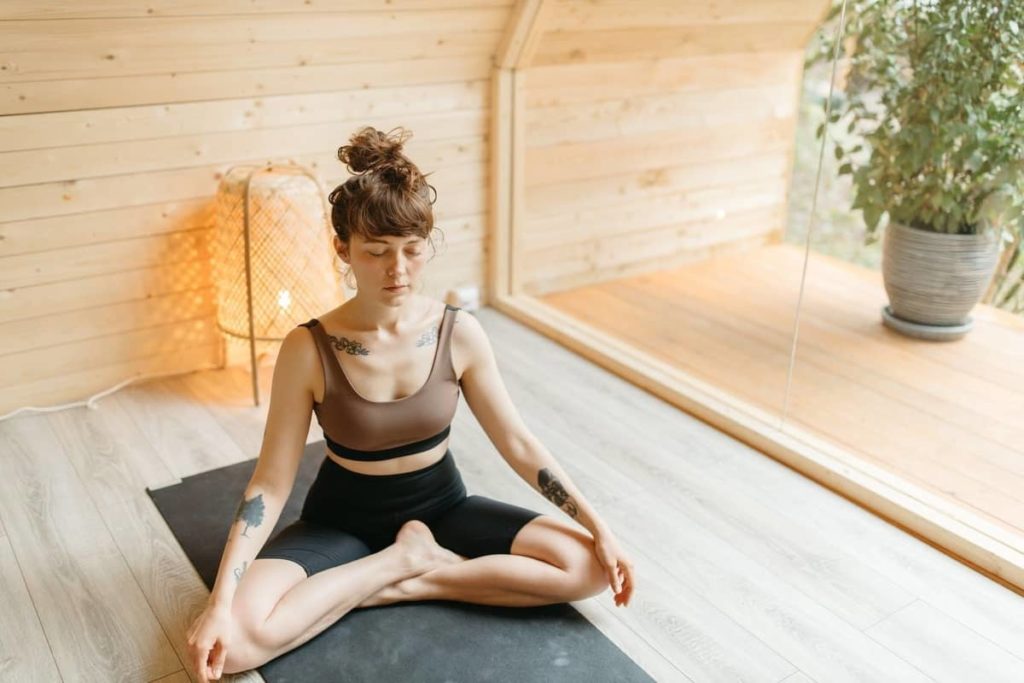
The very first thing you need to do is find a quiet place with minimal distractions. You can either lie on the floor (on a mat) or recline in a chair. Try to wear loose and comfortable clothing. If you wear glasses or contact lenses, please remove them.
Next, rest your hands on your lap or the chair’s arm and take slow, deep, and even breaths. You can use diaphragmatic breathing here too. Slowly, bring your attention to the below-mentioned areas. Make sure the other parts of your body are relaxed.
1. Forehead
The first muscle group you need to focus on is your forehead. Gently squeeze your forehead muscles. Hold this position for 15 seconds. Keep your attention on the muscles. Feel those muscles tighten. Slowly, release the muscles while counting to 30.
Feel how relaxed your muscles are now. Continue tightening your forehead muscles until your forehead feels relaxed.
2. Jaw
Again, gently squeeze your jaw muscles and hold them for 15 seconds. As you did with the forehead muscles, slowly release the jaw while counting down to 30. Feel the muscles relax in your jaw as you do so.
Keep going until your jaw feels slack and relaxed. Remember to keep breathing deep throughout the exercise.
3. Neck & Shoulders
Next comes neck and shoulder muscles. Slowly raise your shoulder towards your ear and squeeze the muscles there. Hold this position for 15 seconds. As you release the shoulders count down to 30.
Feel your shoulders and neck muscles loosen as you do so.
4. Arms
The next muscles you need to focus on are your arms and hands. Ball your hands into fists and bring your fists to your chest. Hold your hands to your chest for 15 seconds and squeeze as tightly as you can.
Count to 30 as you release your arms and bring them back to your lap. Keep repeating until your muscles feel completely relaxed.
5. Chest
Next, bring your attention to your chest muscles. Take a deep breath and hold for about 4-10 seconds. You’ll feel your chest constrict but keep going. After a few seconds of holding your breath, slowly exhale and feel your chest muscles loosen as you do.
6. Back
The most affected part of your body due to stress is your back. During progressive muscle relaxation, pay close attention to your back muscles. To do that, you need to slowly arch your back off the ground or the back of the chair and hold the position for a few seconds.
Slowly, lower yourself back to your normal position. Notice how your back muscles now feel loose and relaxed. Repeat the exercise until you feel relaxed.
7. Stomach
Next, you need to focus on loosening your stomach muscles. To do that, you can suck in a deep breath and constrict your stomach. Hold this position for a few seconds and pay close notice to your chest muscles as well.
Slowly release the stomach muscles and take a few deep breaths before repeating as necessary.
8. Hips
To release tension in your hips, increase the tension in your buttocks. Hold this for 15 seconds and slowly let go of the tension as you count down to 30. Continue breathing evenly throughout the exercise.
9. Legs
Increase the tension in your thighs and calves. Hold the tension for a few seconds. Squeeze the muscles as tight as you can. Notice the tension and as you release the tension, notice how your muscles loosen with the motion.
10. Feet
To loosen the tension in your feet, first, point your toes towards yourself, then away, and lastly curl those inwards. Hold each stretch for a few seconds, enough to feel the tension. Keep the muscles as tight as you can.
Slowly, relax your toes and ankles. Keep your focus on how relaxing the motion feels. Repeat as necessary.
Tips To Keep In Mind
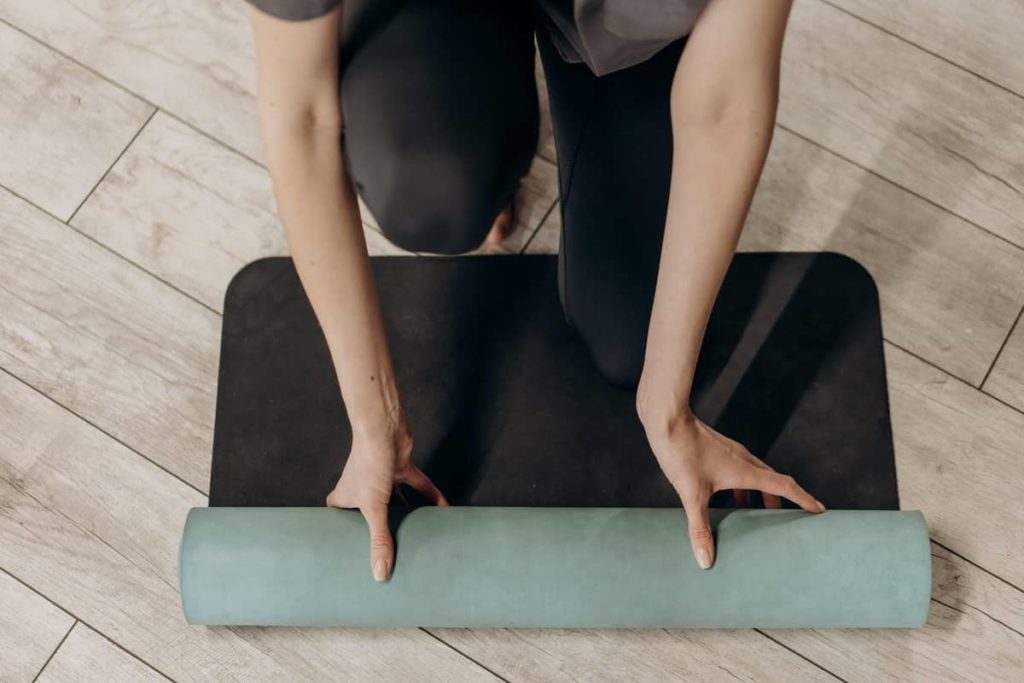
- You can either do a full-body scan or you can just focus on your main body areas where tension gathers.
- In the beginning, you can use a guided PMR exercise. You can find guided podcasts, videos, and apps.
- If you’re struggling with insomnia, you can practice this exercise in bed too.
Relaxation techniques like progressive muscle relaxation can help manage mild to moderate social anxiety symptoms but only when combined with other therapy treatments. If you’re still struggling with symptoms of social anxiety, stress, and anxiety, it is suggested you seek professional help for the right treatment.
Mastering PMR is not easy and may take more than a few tries. Keep practicing how to do progressive muscle relaxation so you can quickly draw on the technique when anxiety or stress becomes too much.
Take your time but if this exercise does not help, do not hesitate to seek professional help from licensed and trained practitioners.
I hope this article helps you learn how to do progressive muscle relaxation. For more, you can write to us at info@calmsage.com or follow us on social media to stay updated on our content.
Like this article on progressive muscle relaxation? Did you try the relaxation exercise? Did it help you? Let us know your thoughts in the comments below! We’re always happy to hear from you!
Take Care!






